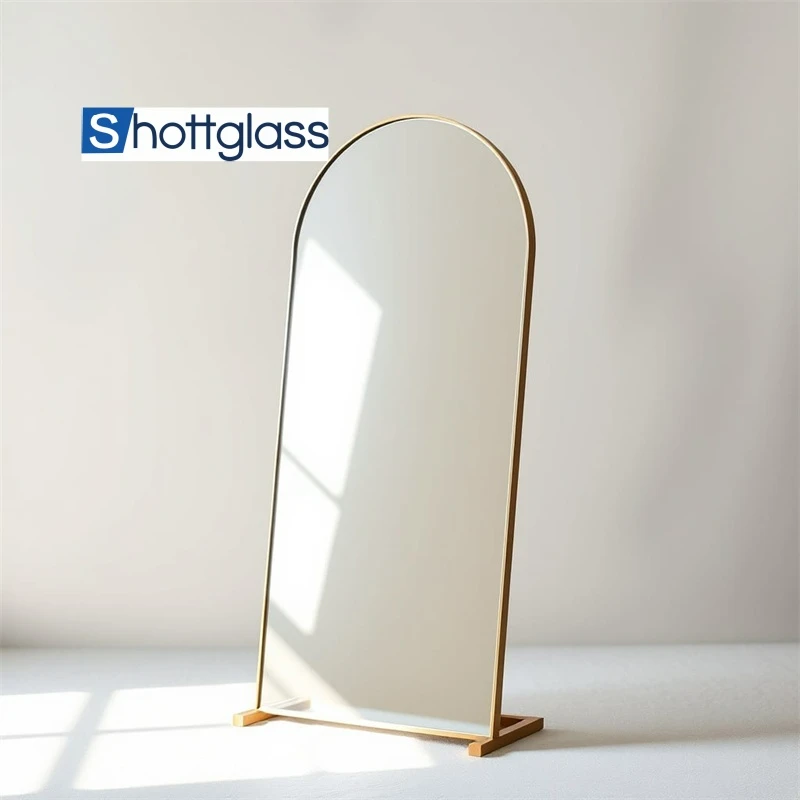Nov . 21, 2024 09:51 Back to list
Enhancing Aesthetics: How Reflective Glass Transforms Building Facades
In the world of architecture, the use of reflective glass has become increasingly popular for enhancing the aesthetic appeal of building facades. This innovative material not only provides a striking visual impact but also offers practical benefits such as energy efficiency and privacy. As more architects and designers embrace the versatility of reflective glass, it’s essential to understand how it transforms the appearance of buildings and its innovative applications in modern design.
The Impact of Reflective Glass Facade on Modern Architecture
The reflective glass facade is a game changer in contemporary architecture. Its ability to reflect the surrounding environment creates a dynamic interaction between the building and its surroundings, making it a perfect choice for urban settings. Buildings adorned with windows with reflective glass not only stand out visually but also help in blending with the landscape. This mirroring effect can make skyscrapers appear to dissolve into the skyline, minimizing their visual bulk while maximizing their presence.
Moreover, the varying glass coating types available allow architects to customize the level of reflectivity according to the project’s needs. From subtle reflections to high-visibility mirrored surfaces, these coatings can enhance a building's design while offering functionality. The aesthetic result is not just beautiful; it also promotes sustainability by reducing the amount of heat absorbed by the structure, which can lead to lower energy costs.
Windows with Reflective Glass: A Practical Choice for Any Environment
Windows with reflective glass offer numerous benefits beyond aesthetics. These windows are particularly advantageous in climates with intense sunlight, as they can effectively reduce glare while maintaining natural light within the space. By reflecting sunlight, they help keep indoor temperatures cooler, reducing the reliance on air conditioning systems and ultimately lowering energy consumption.
In addition, reflective glass can improve privacy without sacrificing light. Buildings in bustling urban areas can benefit significantly from this feature, as occupants can enjoy unobstructed views without the worry of onlookers. This practical aspect makes reflective glass a popular choice for commercial buildings, hotels, and high-rise residential complexes.
Understanding the Different Glass Coating Types for Enhanced Performance
When discussing reflective glass, it’s important to consider the various glass coating types available. These coatings are designed to enhance the performance of the glass, allowing for specific applications based on the building's design goals. Low-E coatings, for example, reduce the amount of heat entering a building while still allowing ample natural light, making them an excellent choice for energy-efficient designs.
On the other hand, tinted reflective coatings can help further control glare and enhance privacy. Choosing the right type of coating not only impacts the aesthetics of a building but also its energy performance and comfort levels. Architects and builders can leverage these options to create innovative designs that meet both functional and aesthetic needs.
Clear Reflective Glass: Combining Transparency and Reflection
One fascinating aspect of clear reflective glass is its dual functionality. This type of glass combines the clarity of standard glass with the reflective properties that enhance the building’s appearance. Clear reflective glass is particularly effective in commercial spaces where visibility and aesthetics are paramount, such as storefronts and office buildings.
The transparency of this glass type allows for unobstructed views while still providing the reflective qualities that reduce solar heat gain. As a result, it helps in creating inviting spaces that feel open and airy, even in densely populated areas. This makes it an ideal choice for modern office designs and shopping centers, where both beauty and functionality are essential.
Enhancing aesthetics through reflective glass is a transformative approach in modern architecture. From the striking appearance of a reflective glass facade to the practicality of windows with reflective glass, this material has proven its worth in both design and function. By understanding the various glass coating types and the benefits of clear reflective glass, architects can create buildings that are not only visually appealing but also energy-efficient and functional. As the industry continues to innovate, reflective glass will undoubtedly remain a cornerstone of contemporary architectural design, shaping the skylines of our cities and enhancing the environments we inhabit.
-
Chemically Strengthened Glass vs Tempered Glass
NewsJul.18,2025
-
Custom Frosted Glass Applications
NewsJul.18,2025
-
What’s the Difference Between Obscure Glass and Frosted Glass?
NewsJul.18,2025
-
Bullet Resistant Glass Levels
NewsJul.18,2025
-
Silver Wall Mirrors for Living Room
NewsJul.18,2025
-
Bullet Resistant Glass Definition
NewsJul.18,2025
Related PRODUCTS














